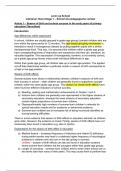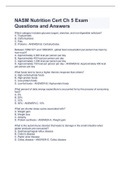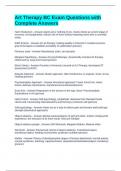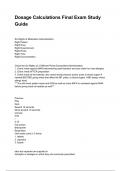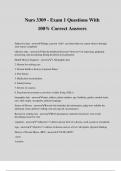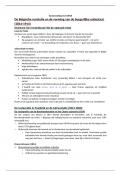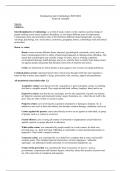Summary
Comprehensive Literature Summary: School Learning
- Course
- Institution
In this document, you will find a comprehensive summary of the literature that is subject matter for the subject: Learning at School. Dutch literature is summarized in Dutch, English literature in English.
[Show more]
